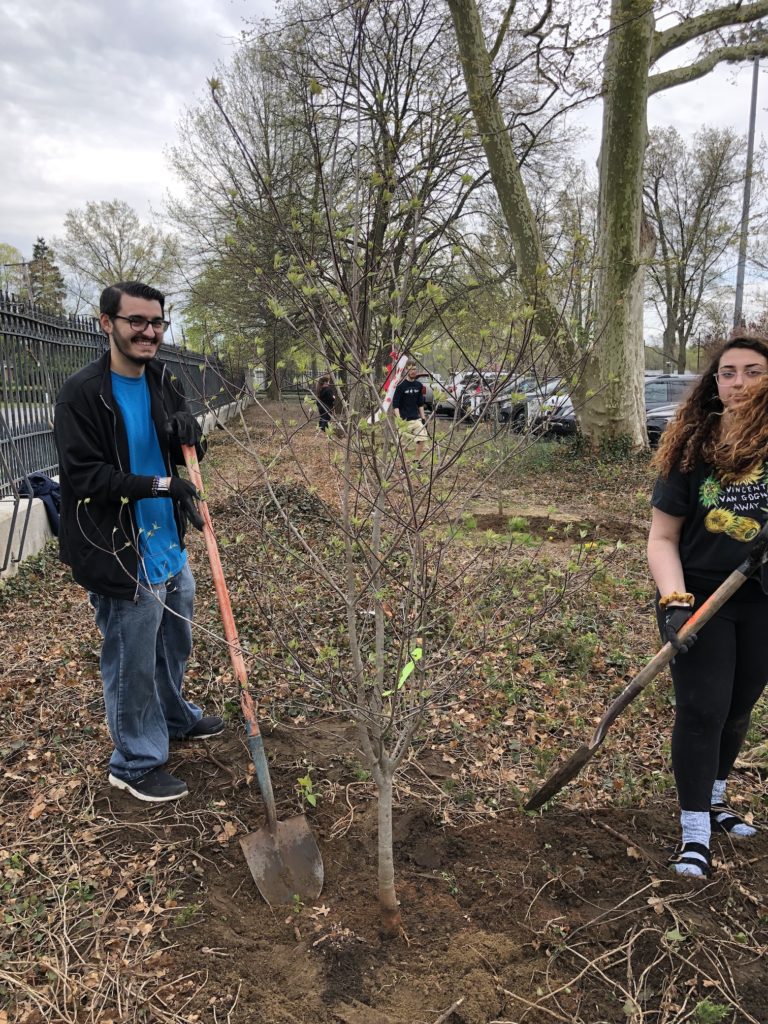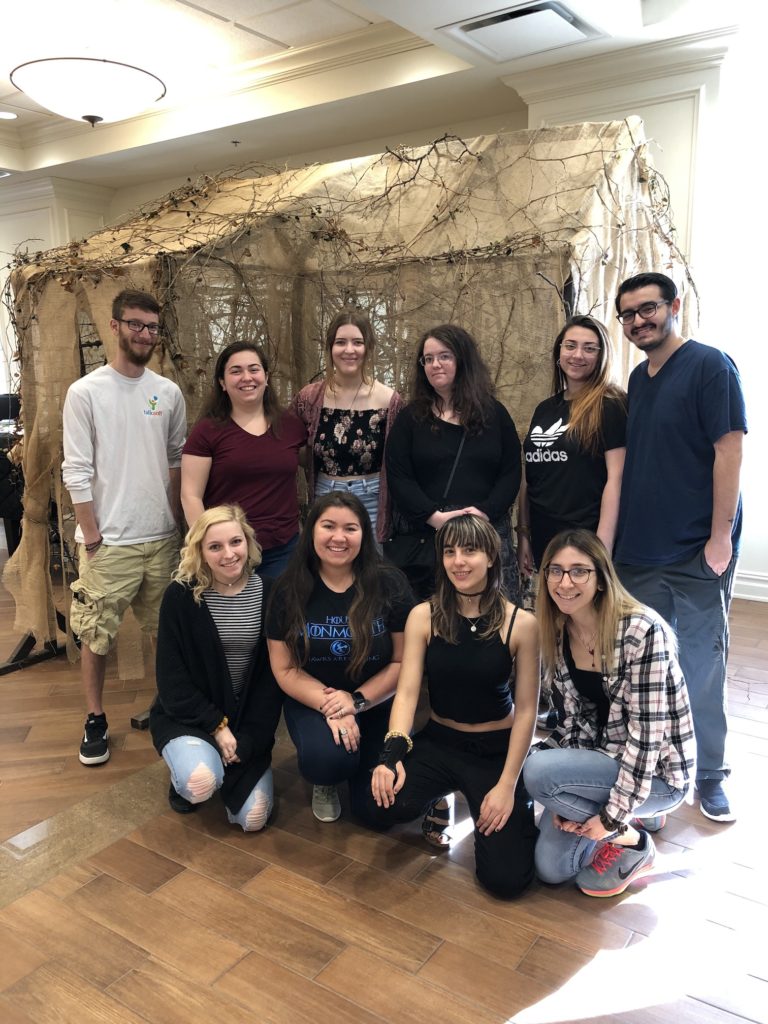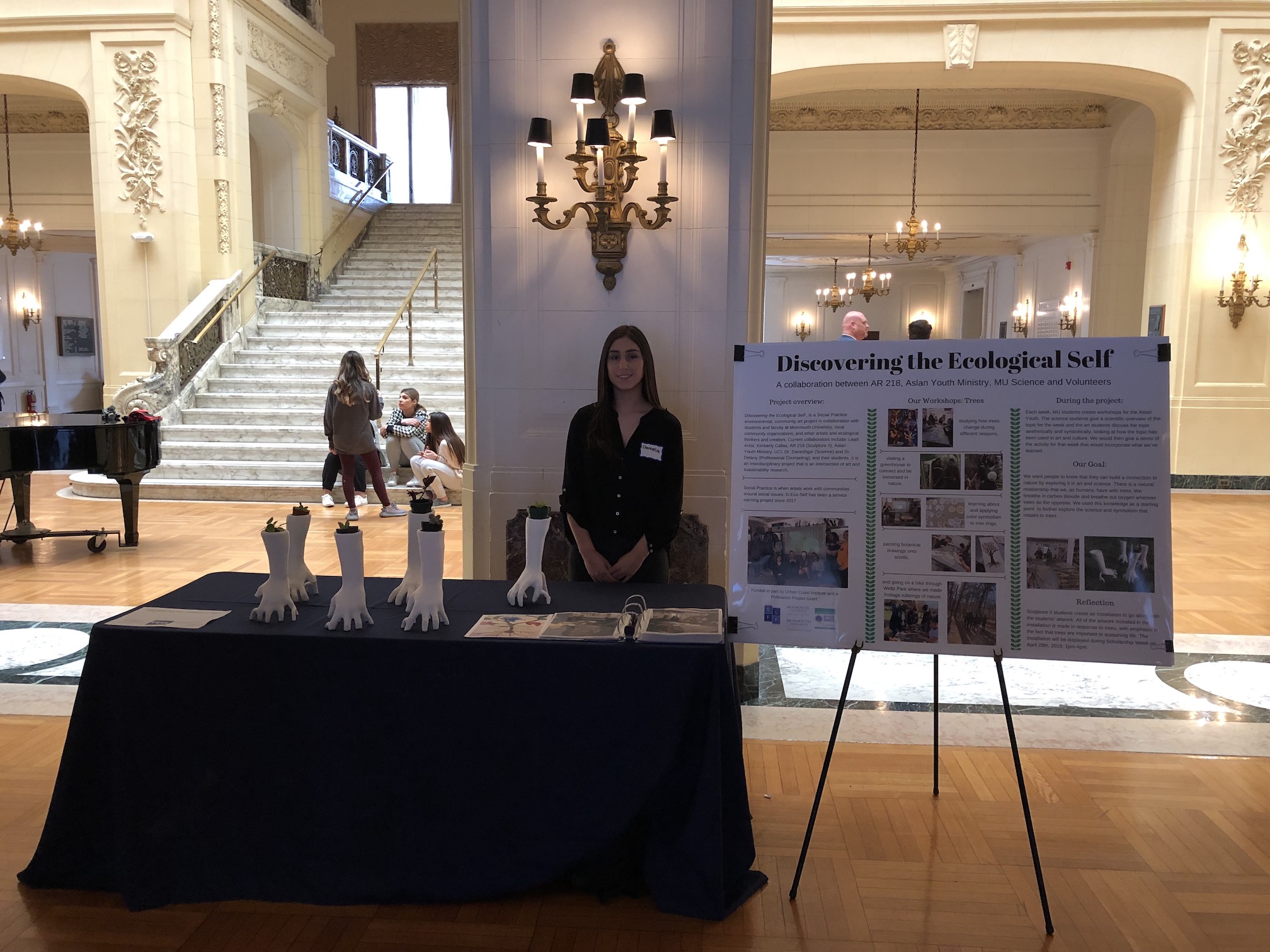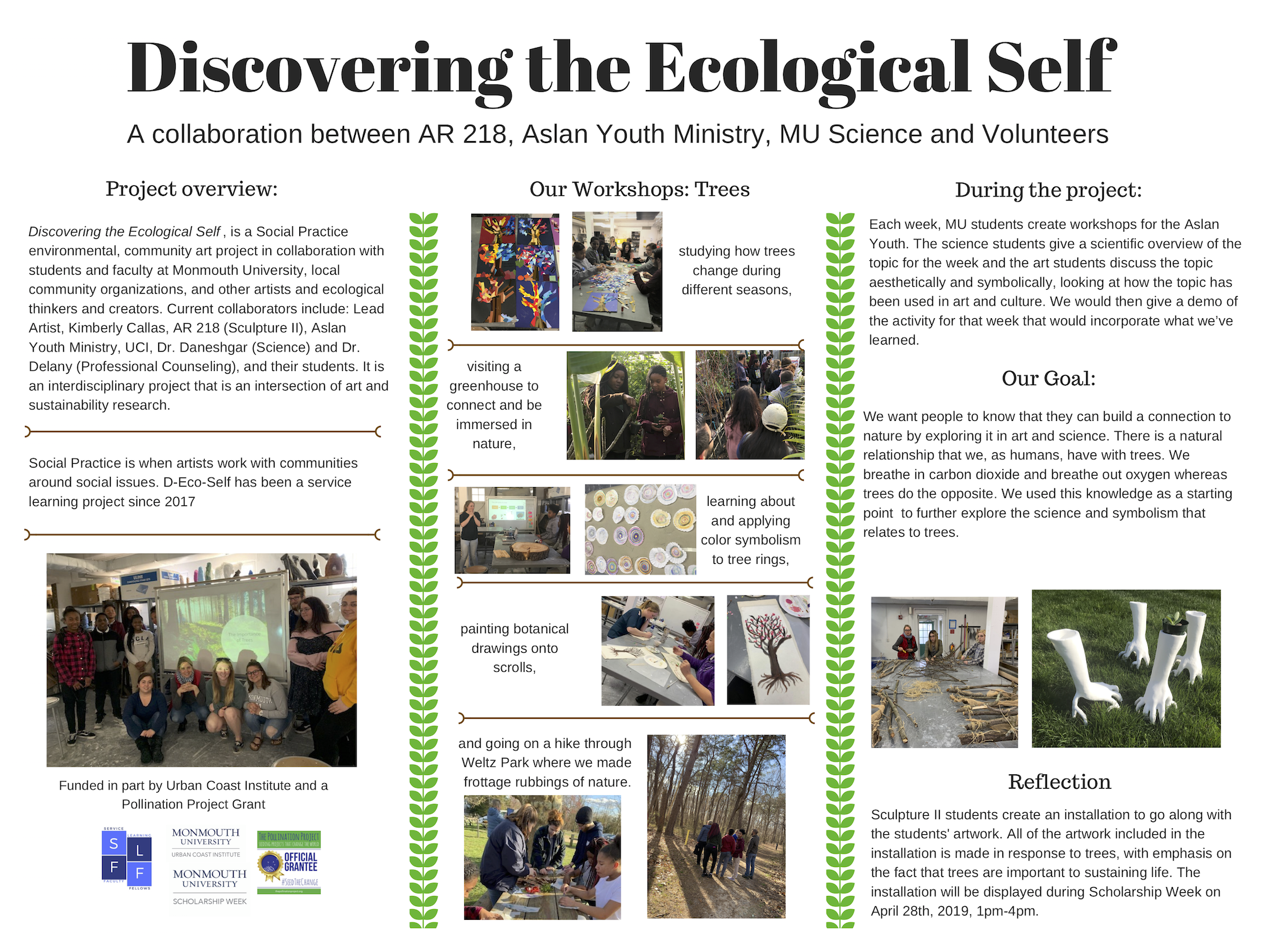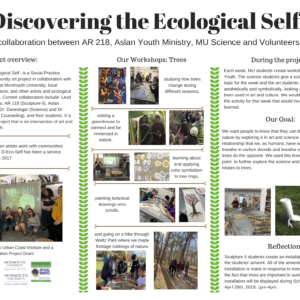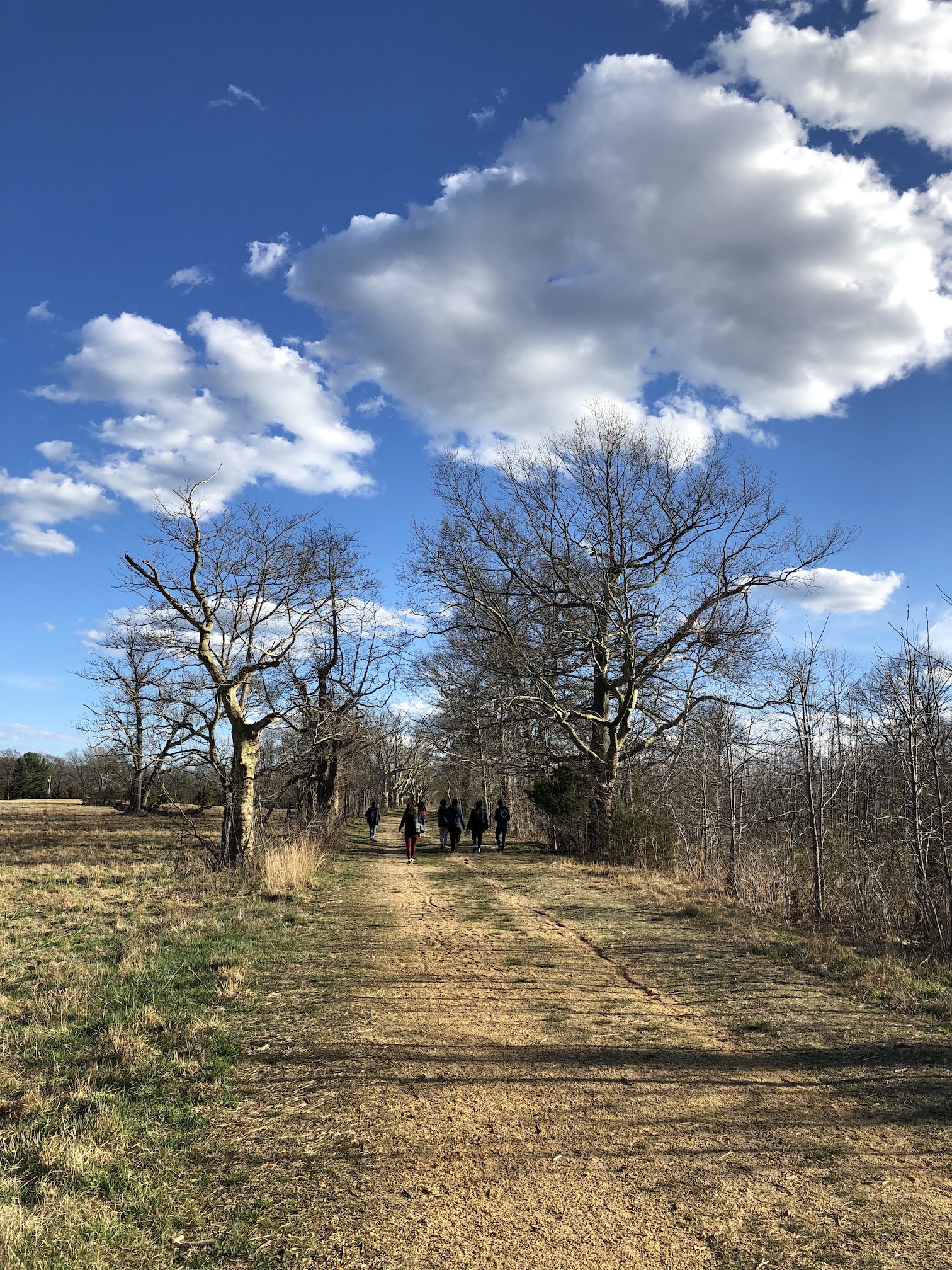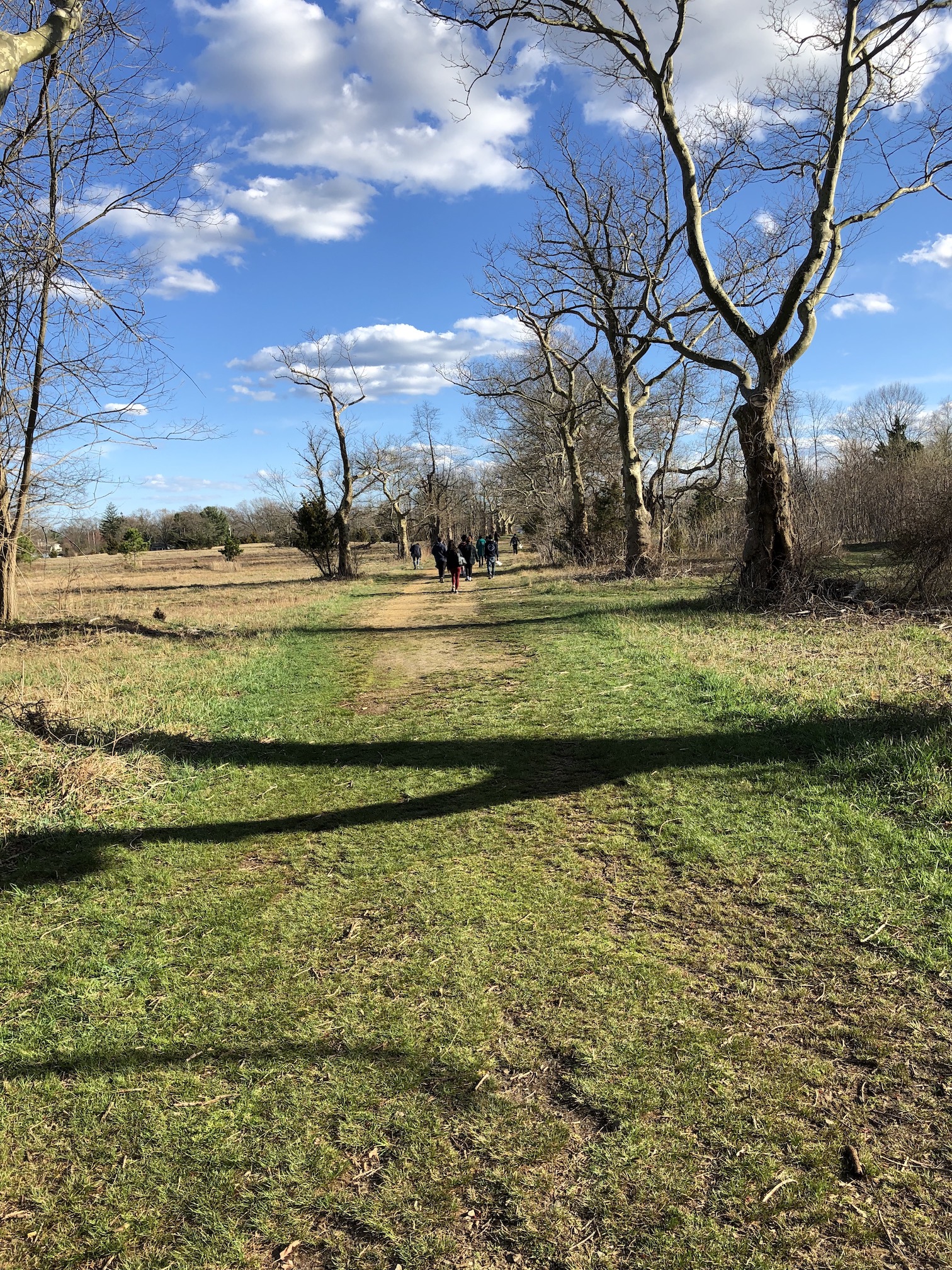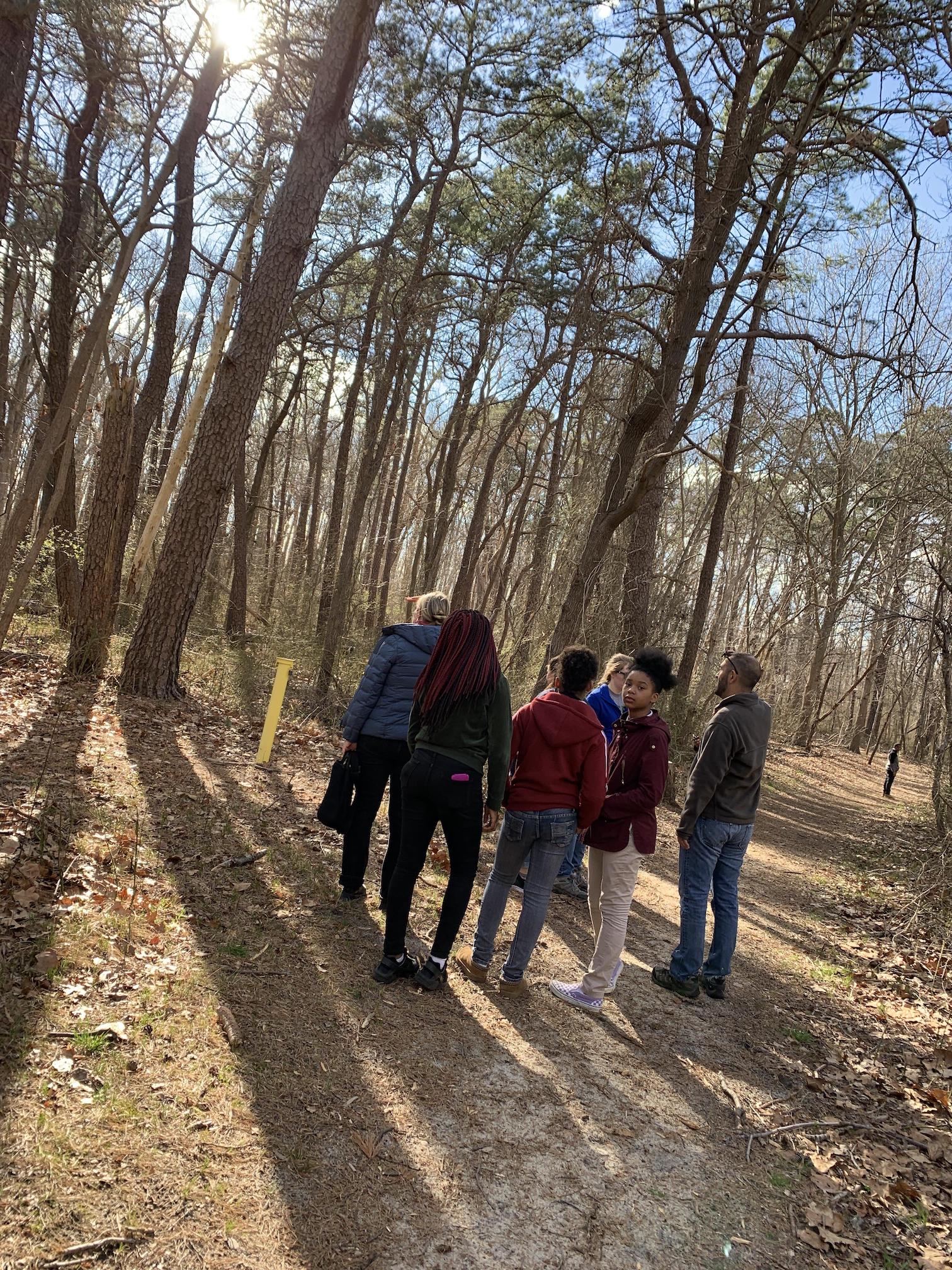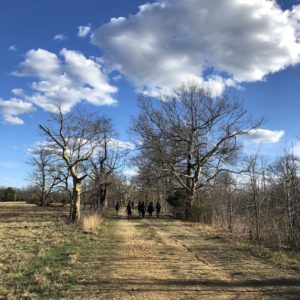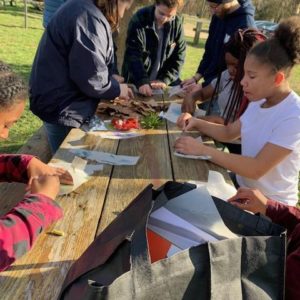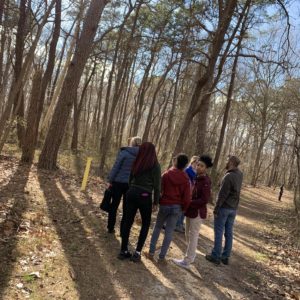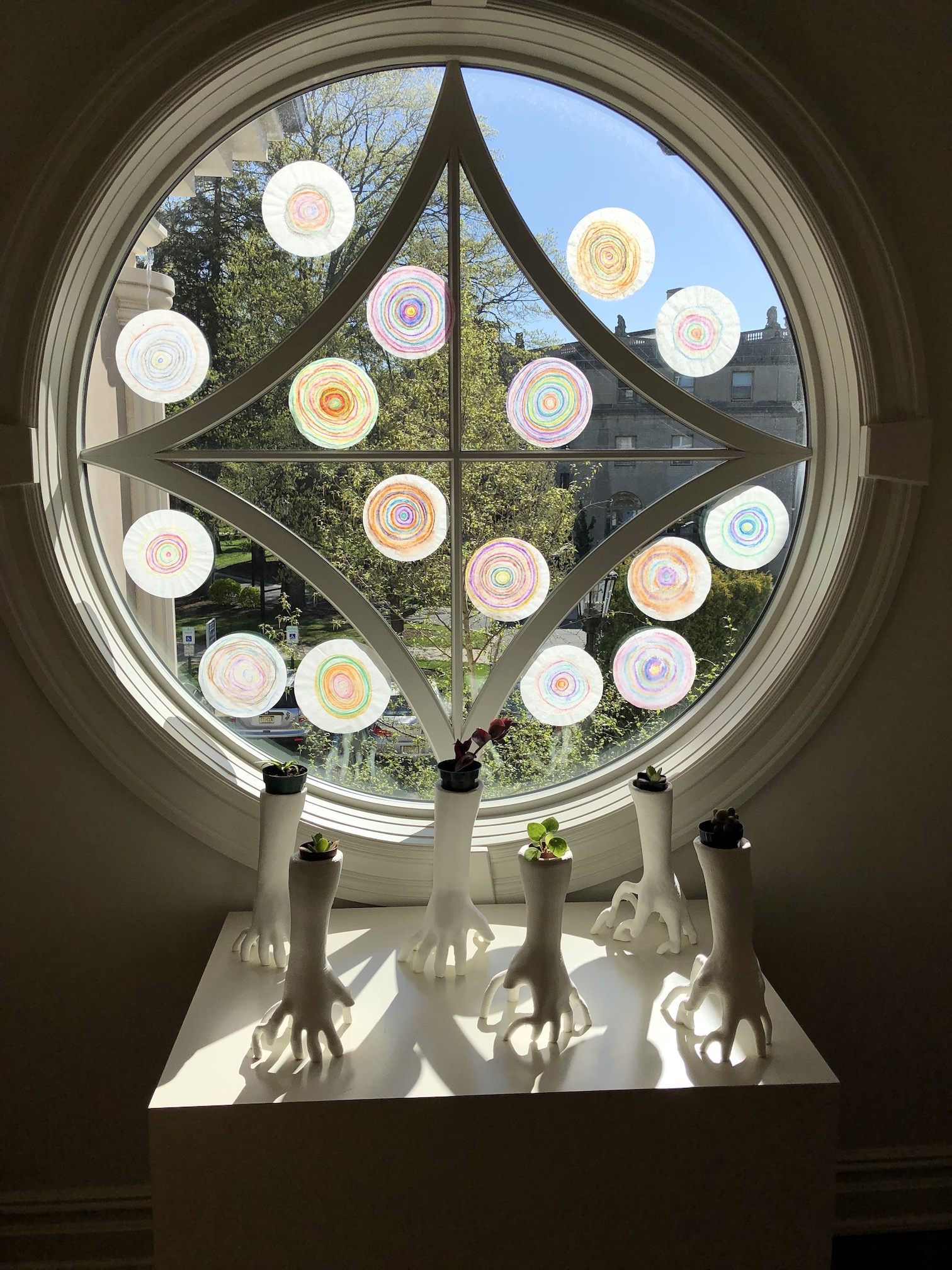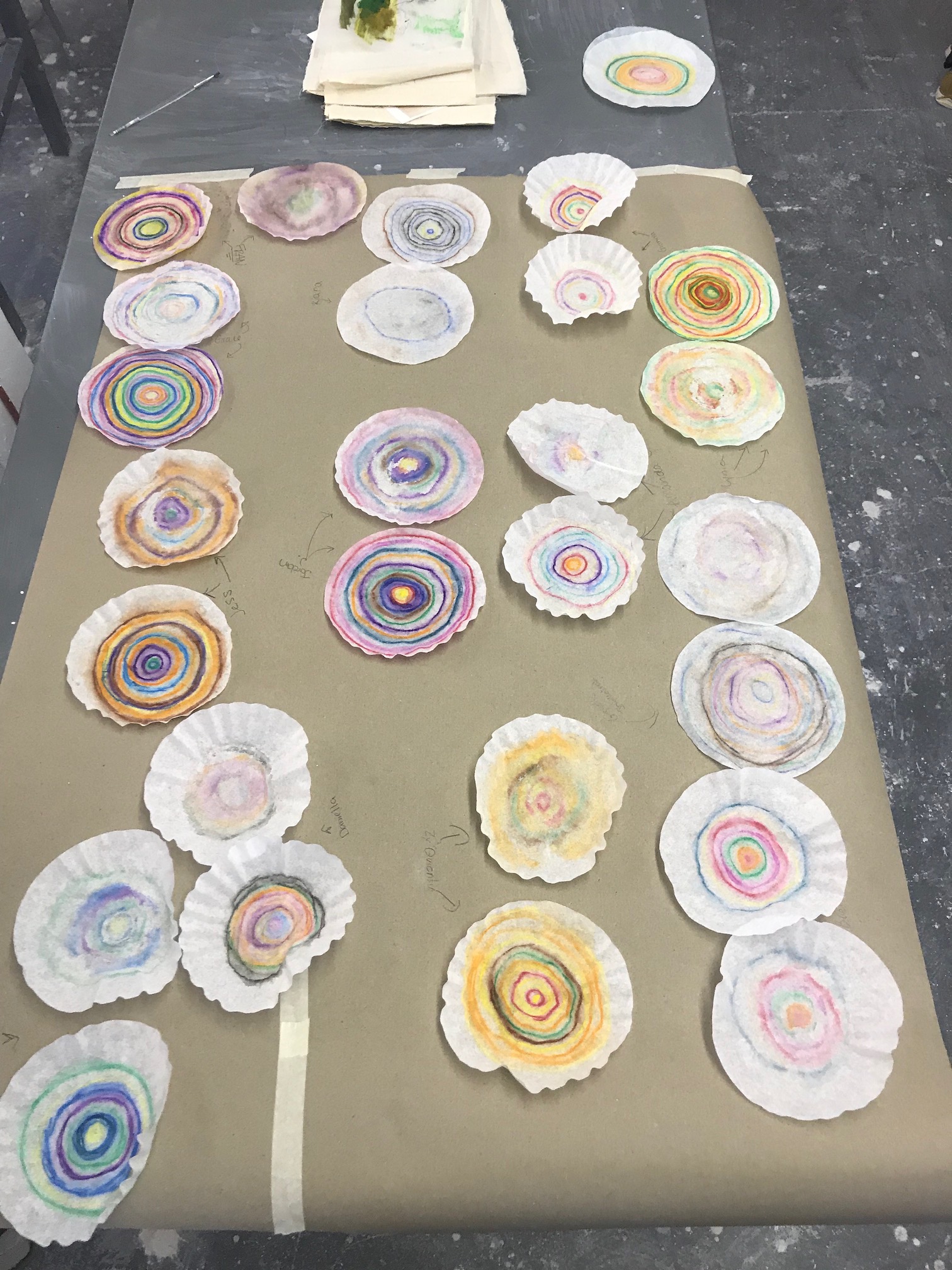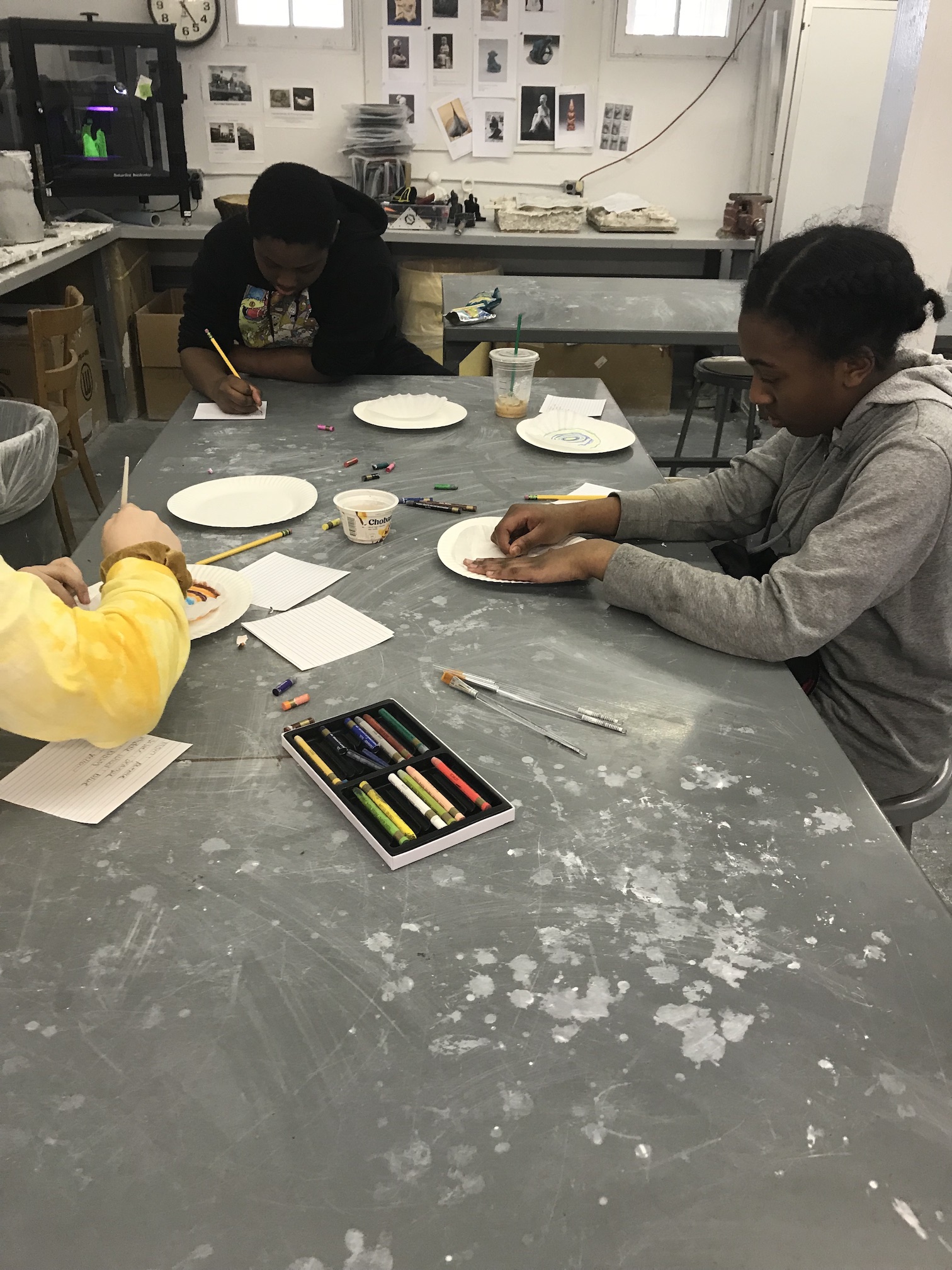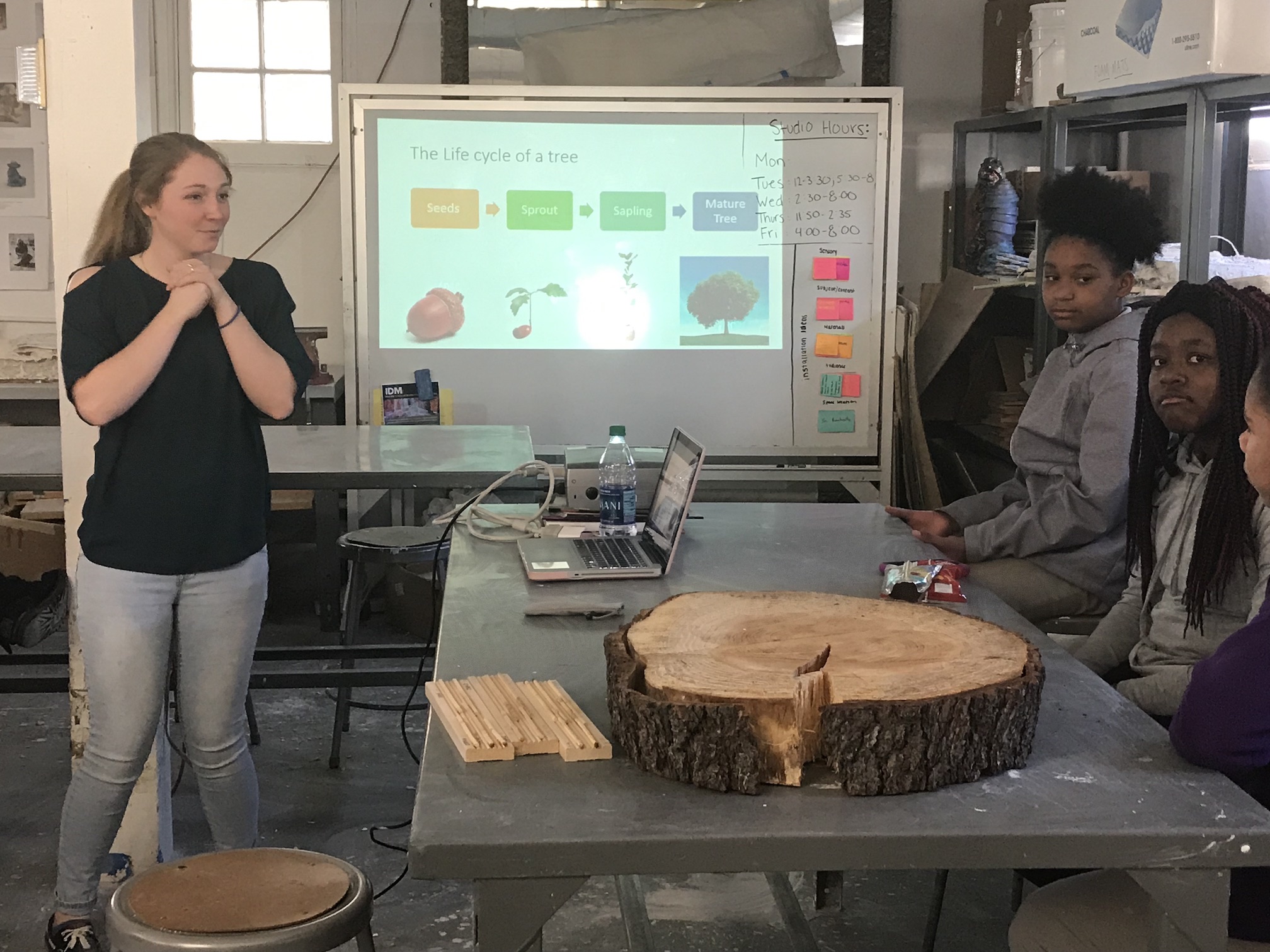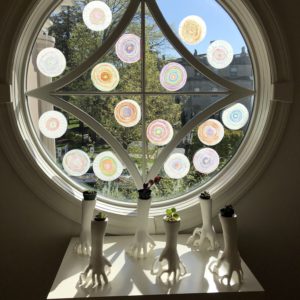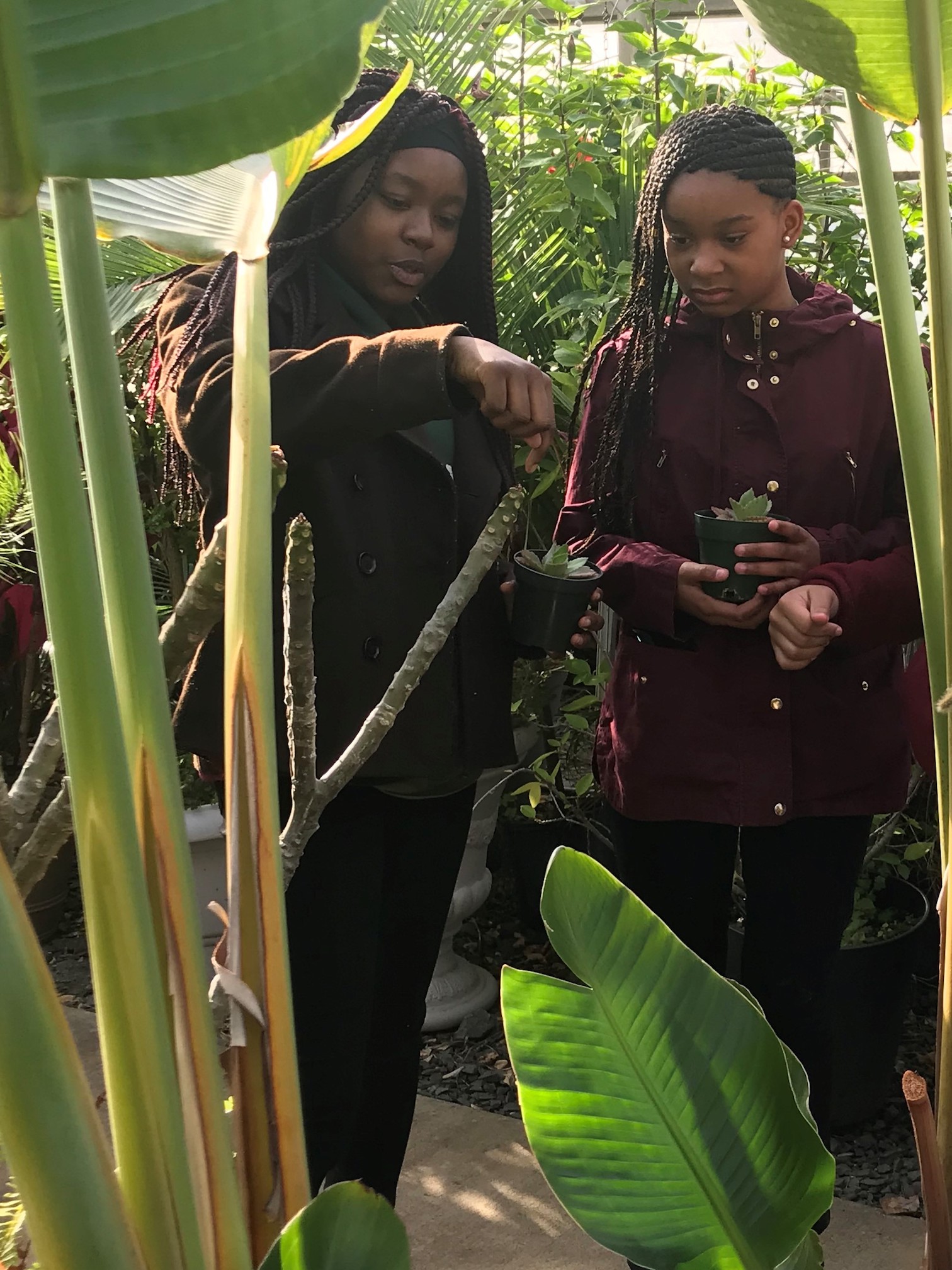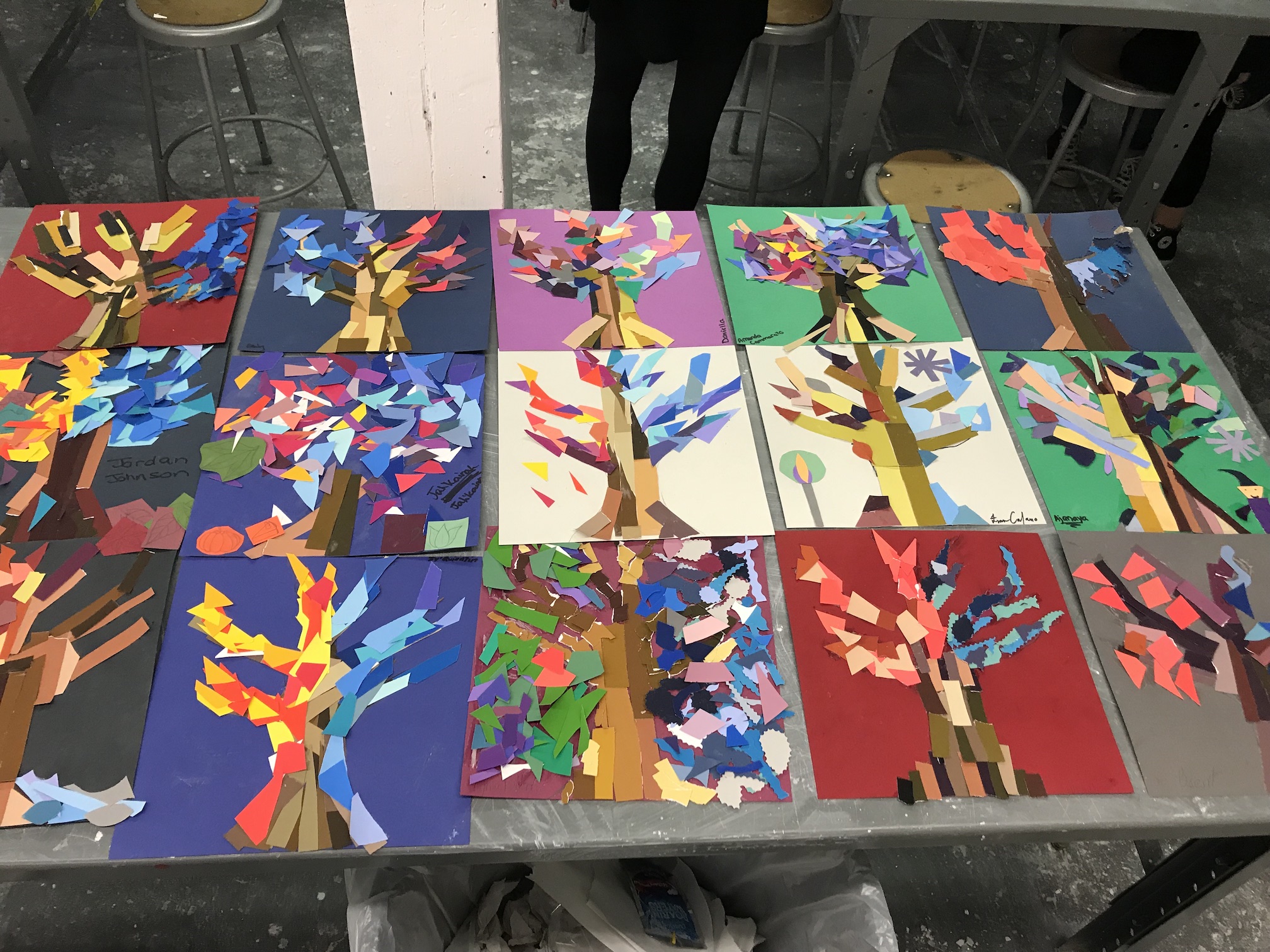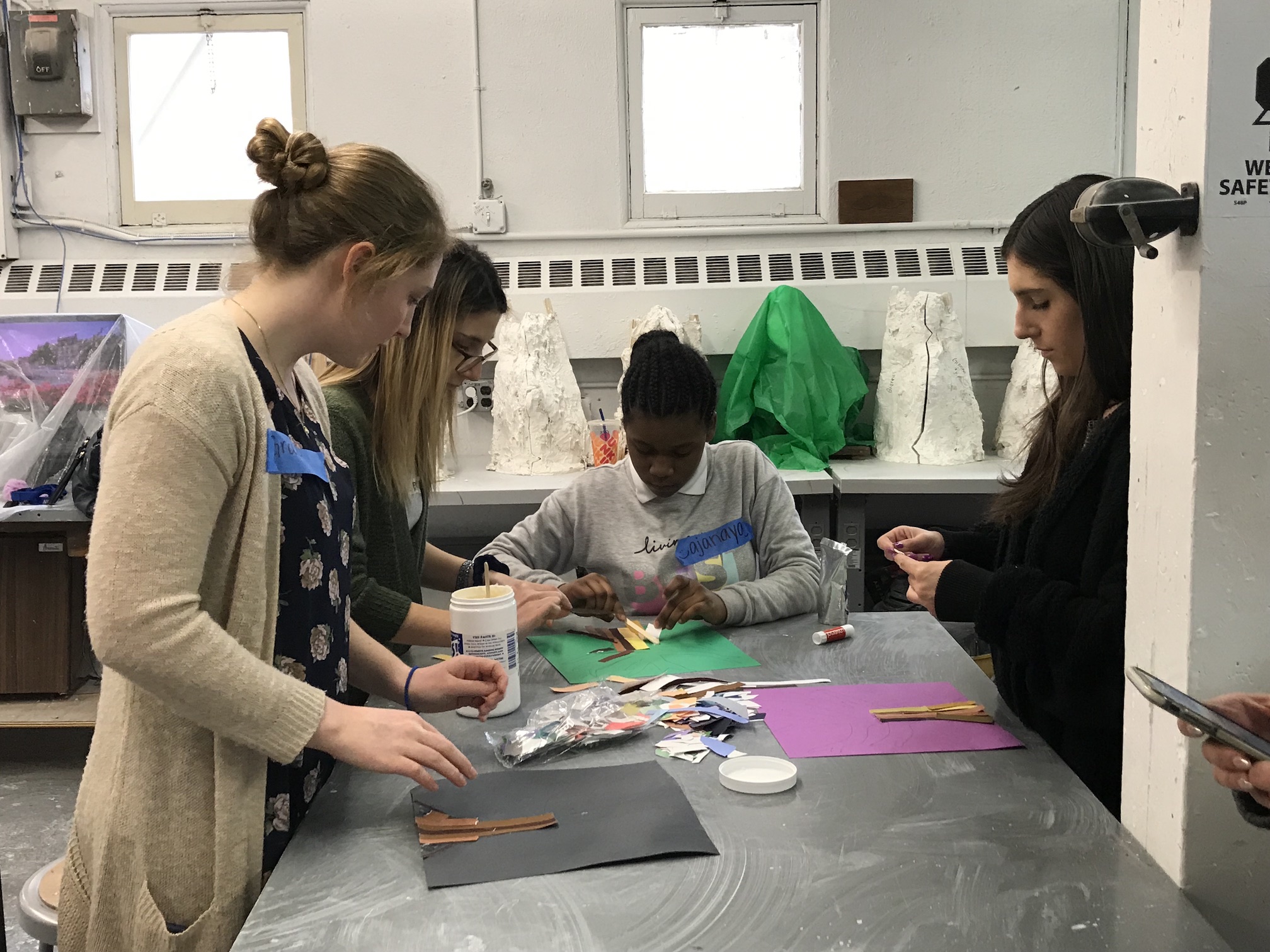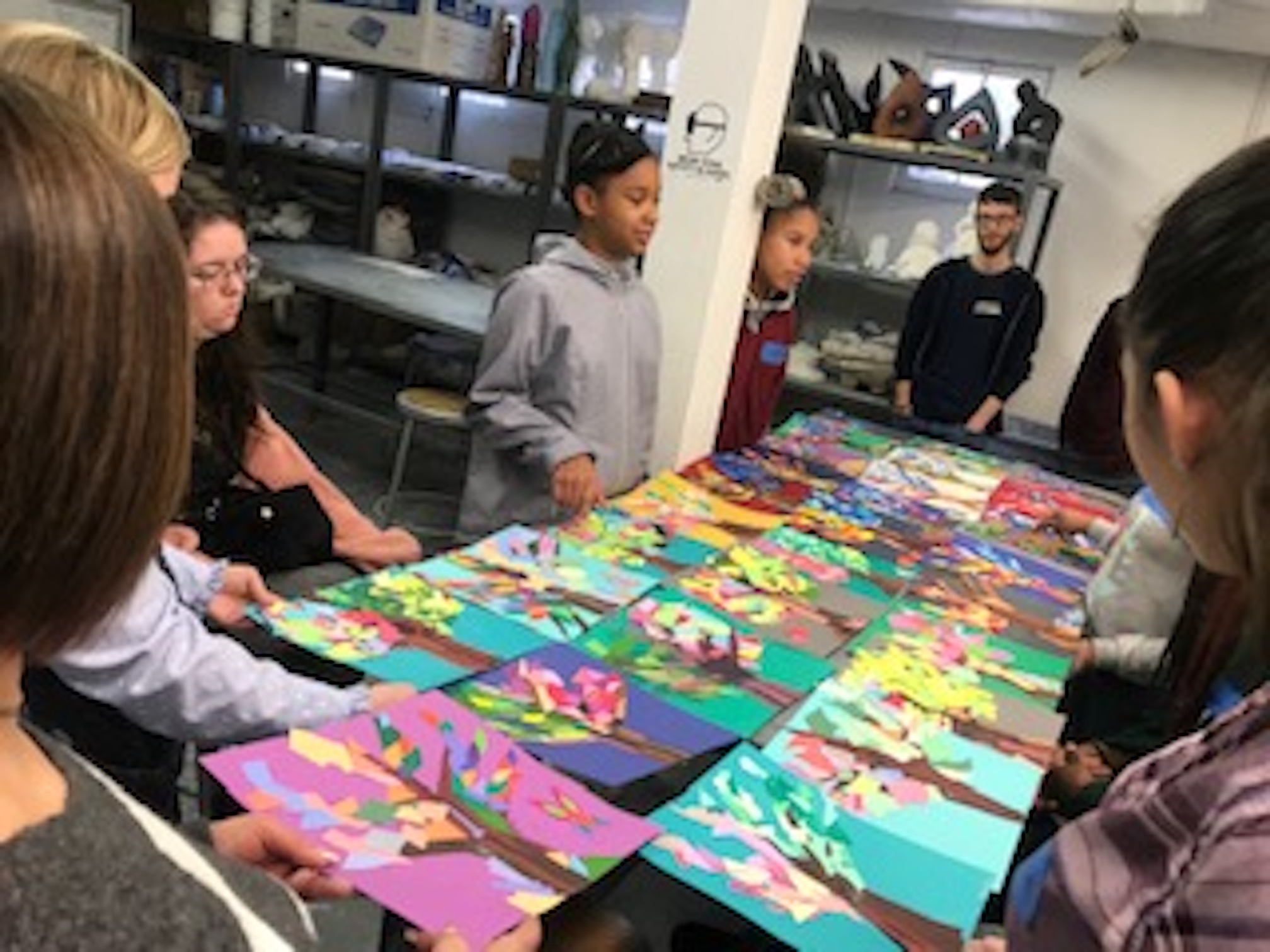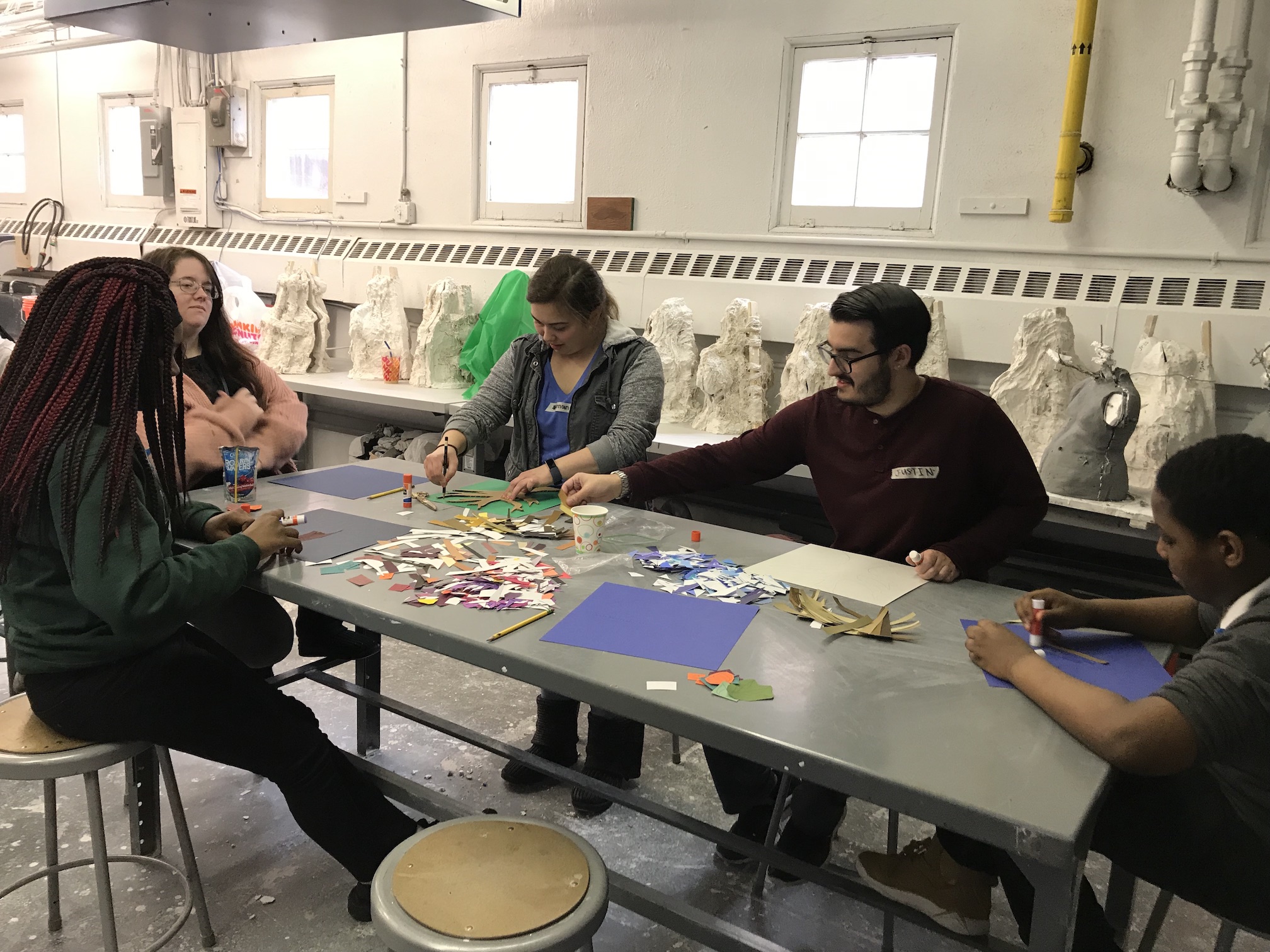Introducing the 2020 D-Eco-Self Intern: Justin DeMattico is a studio art major pursuing his B.A. at Monmouth University. He has a background in all types of mediums including charcoal/graphite, clay sculpting, digital media, intaglio, and acrylic/oil paint to name a few but strongly prefers working in oils. A strong influence in some of his work is his faith and love for nature and animals. He is interested in the Discovering the Ecological Self project due to his interest in nature and how humans not only influence the world around them but interpret them through symbolism and alternative meanings. Due to the COVID-19 outbreak, DeMattico worked on the new D-Eco Self social media, merchandise and blog posts. In the future, DeMattico would like to become a professor at a university and help others discover and hone their love for art as well. Working with students like those from Aslan Youth Ministry on this project is beneficial in learning how to teach topics like these as well as bridging topics like the environment and art together in a classroom setting.
